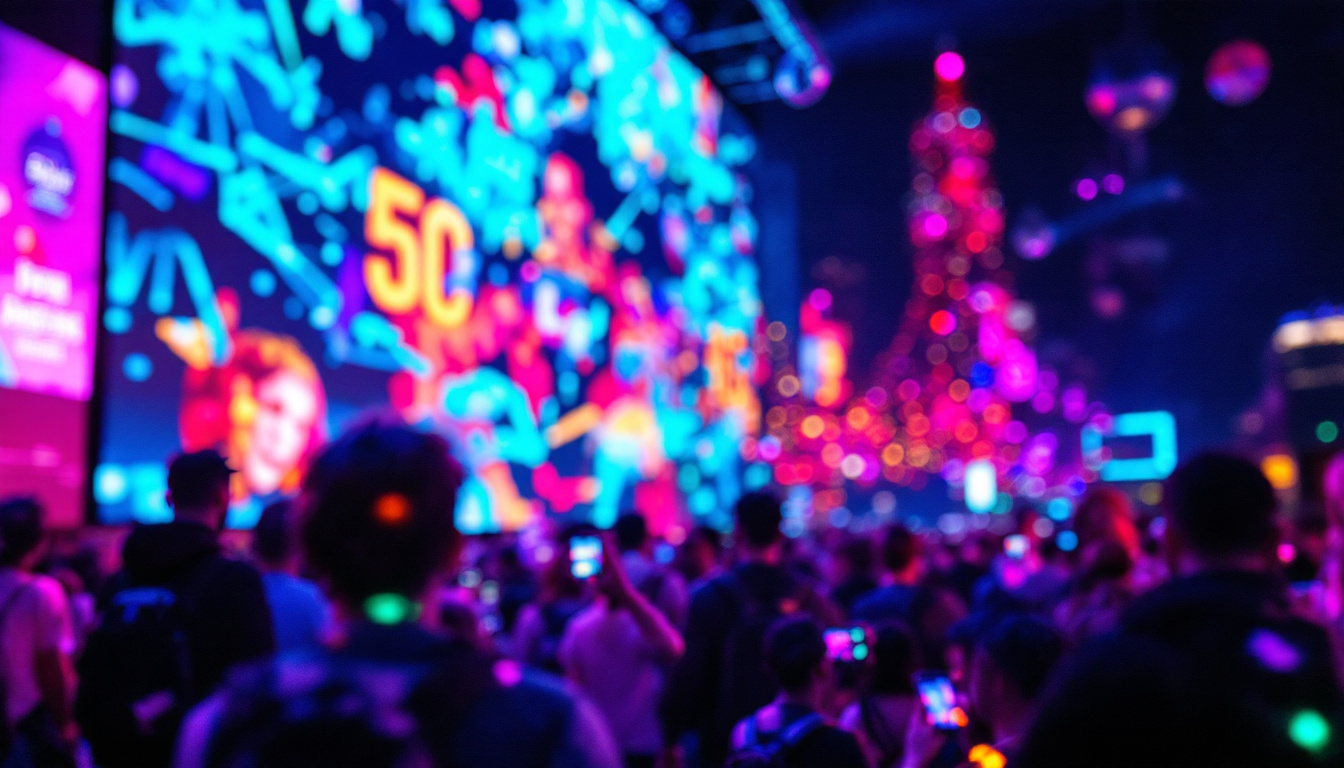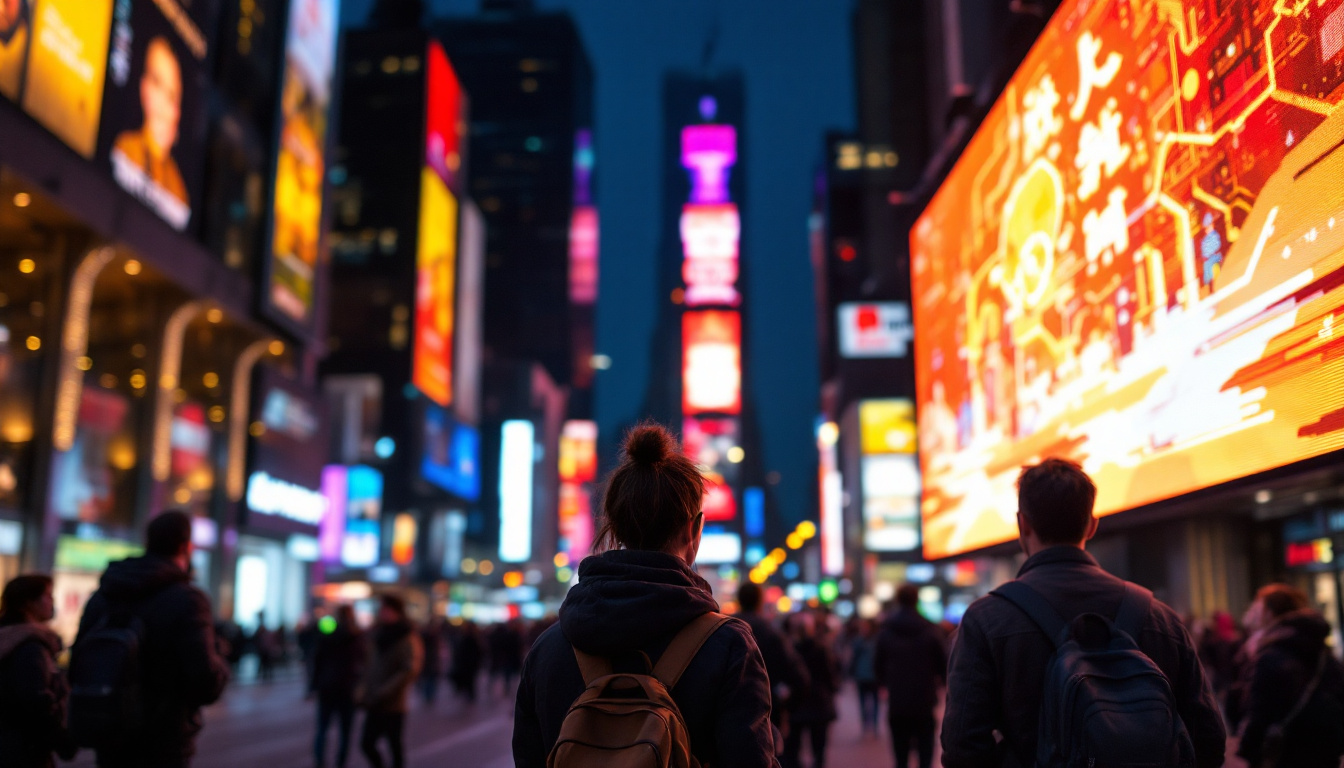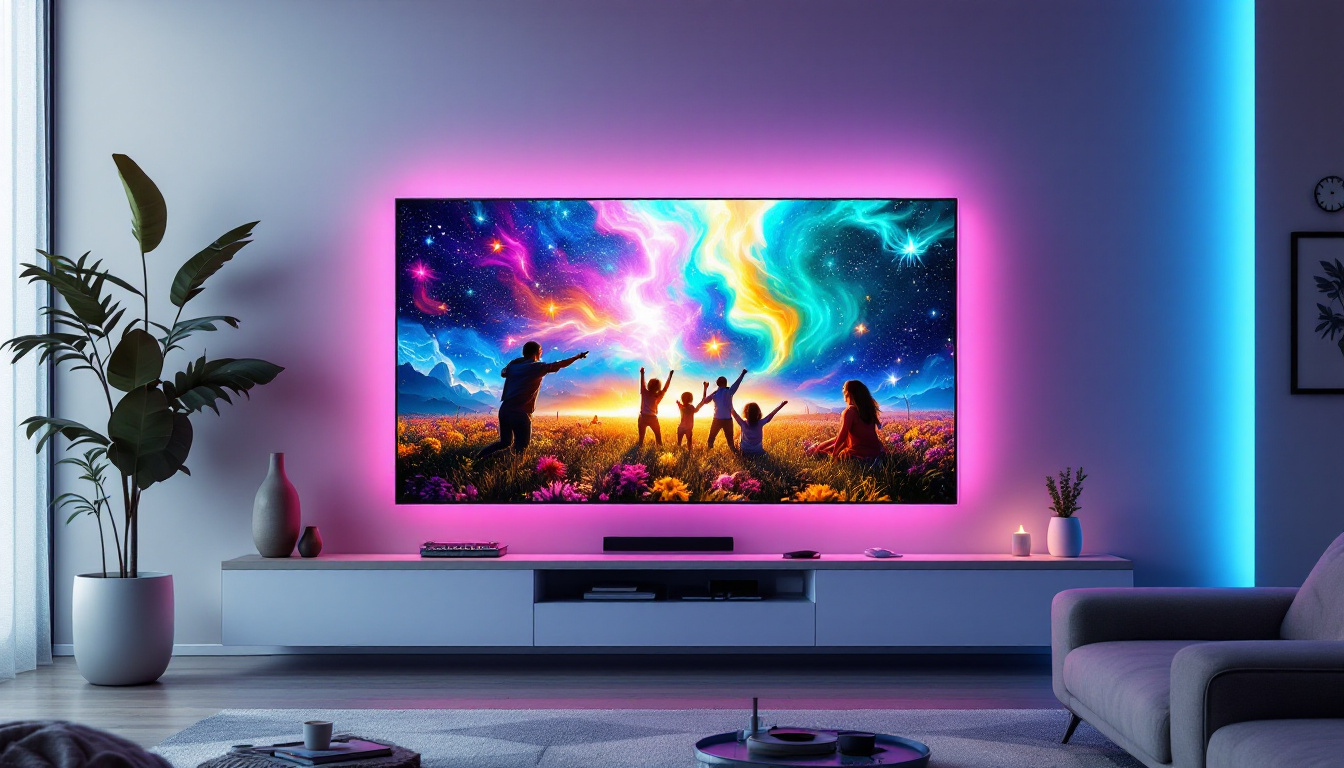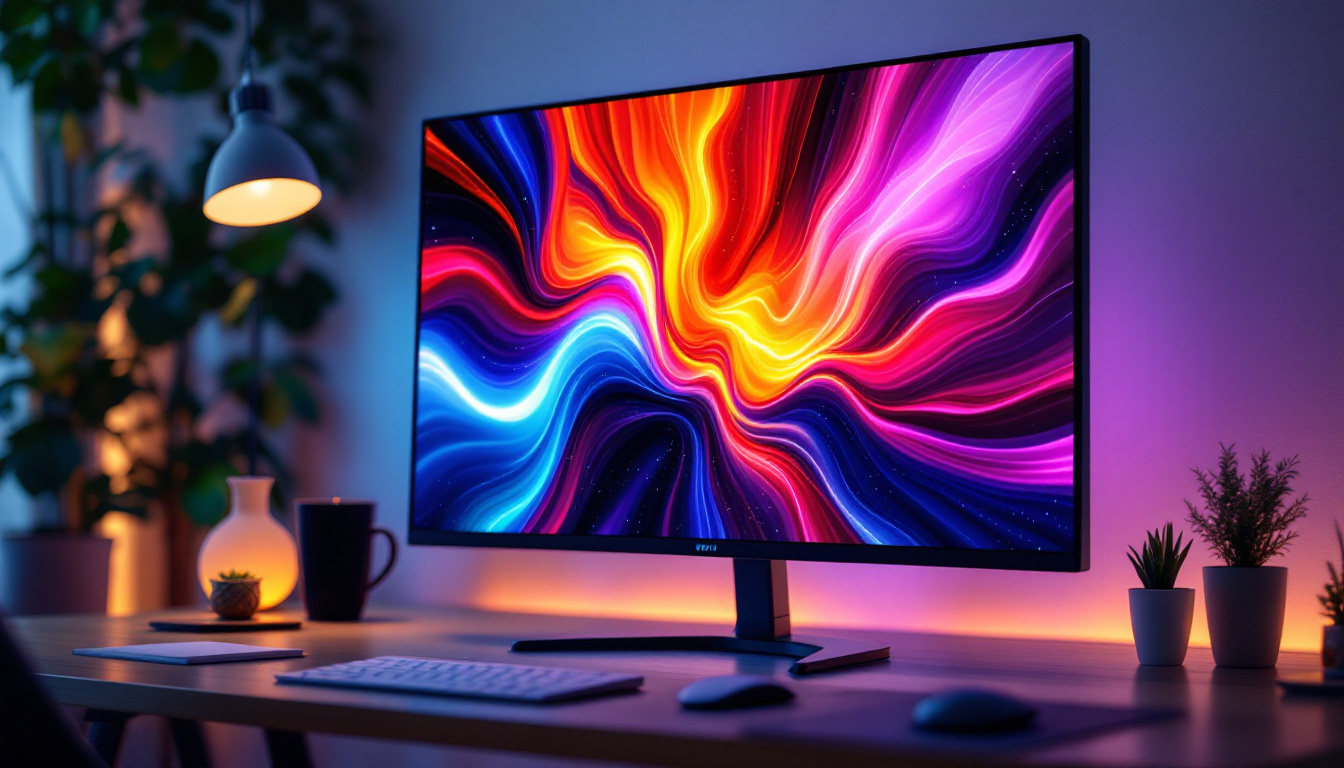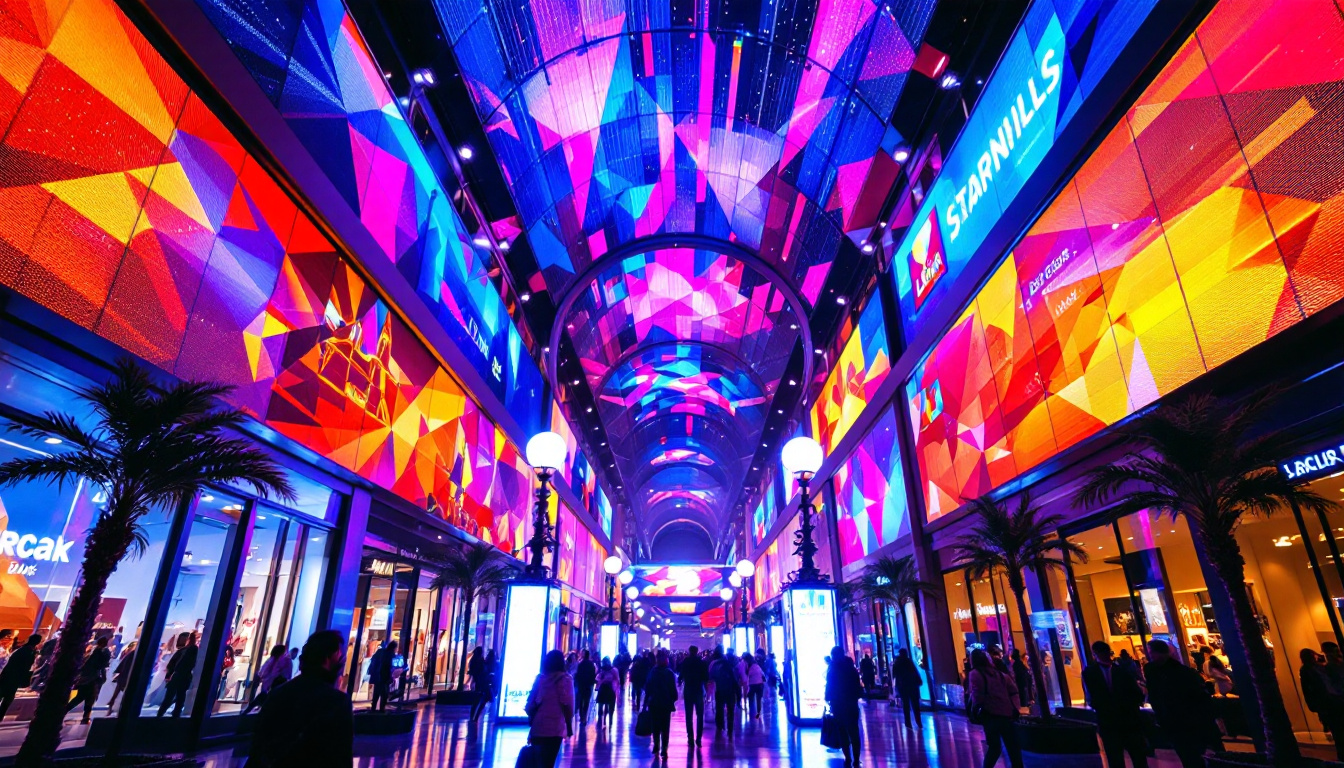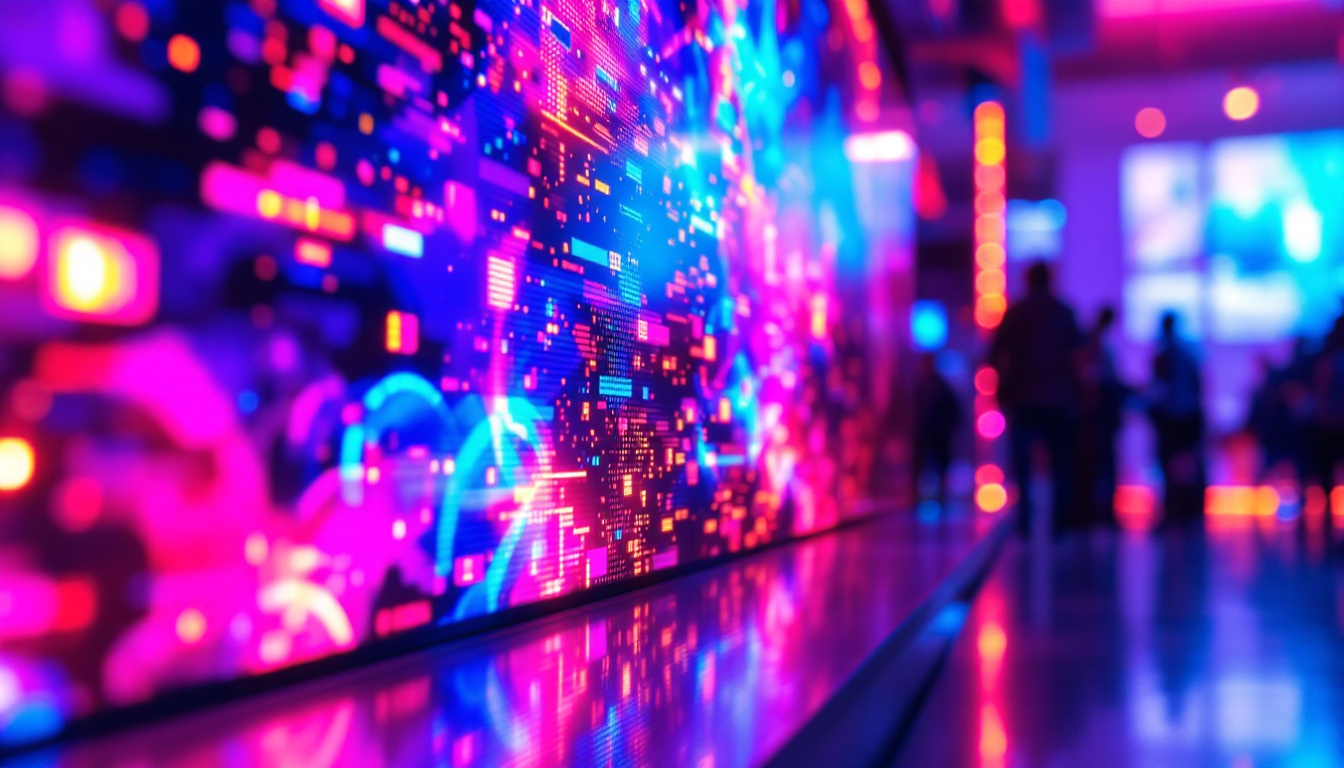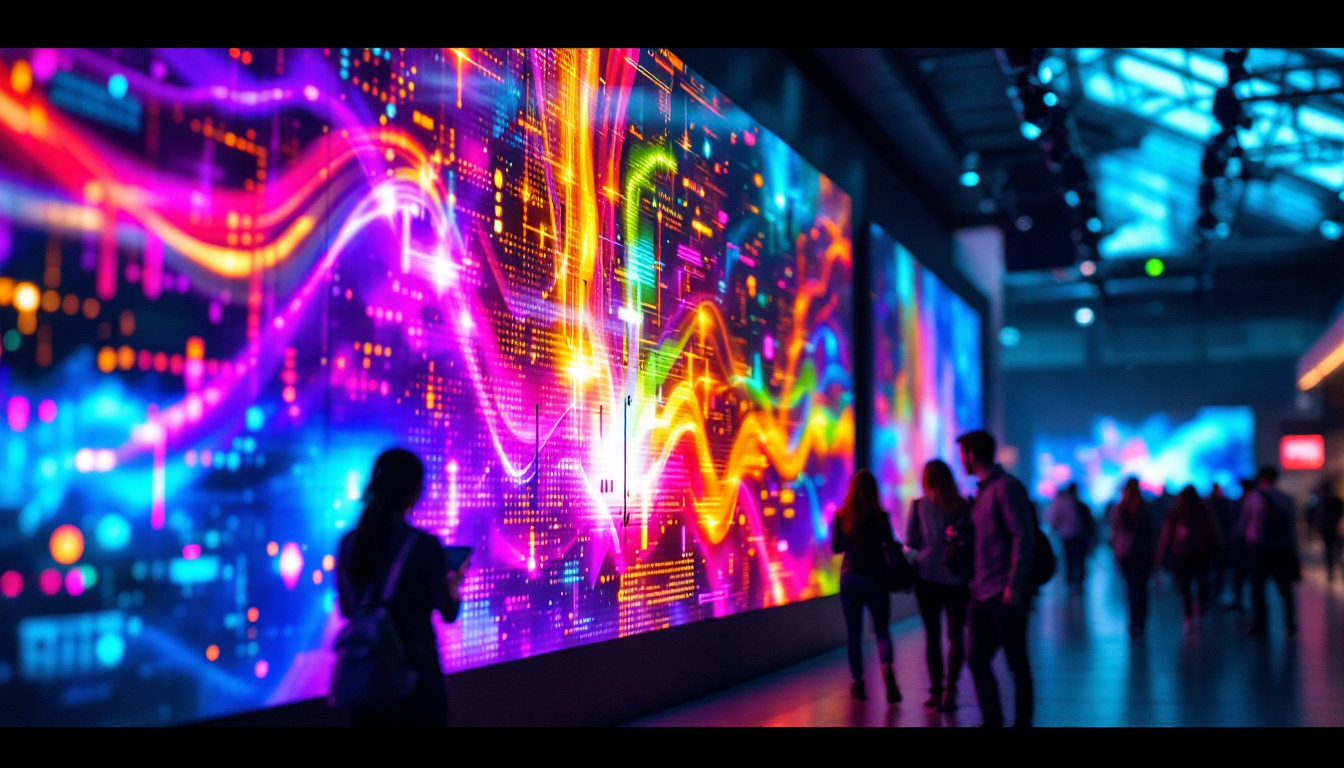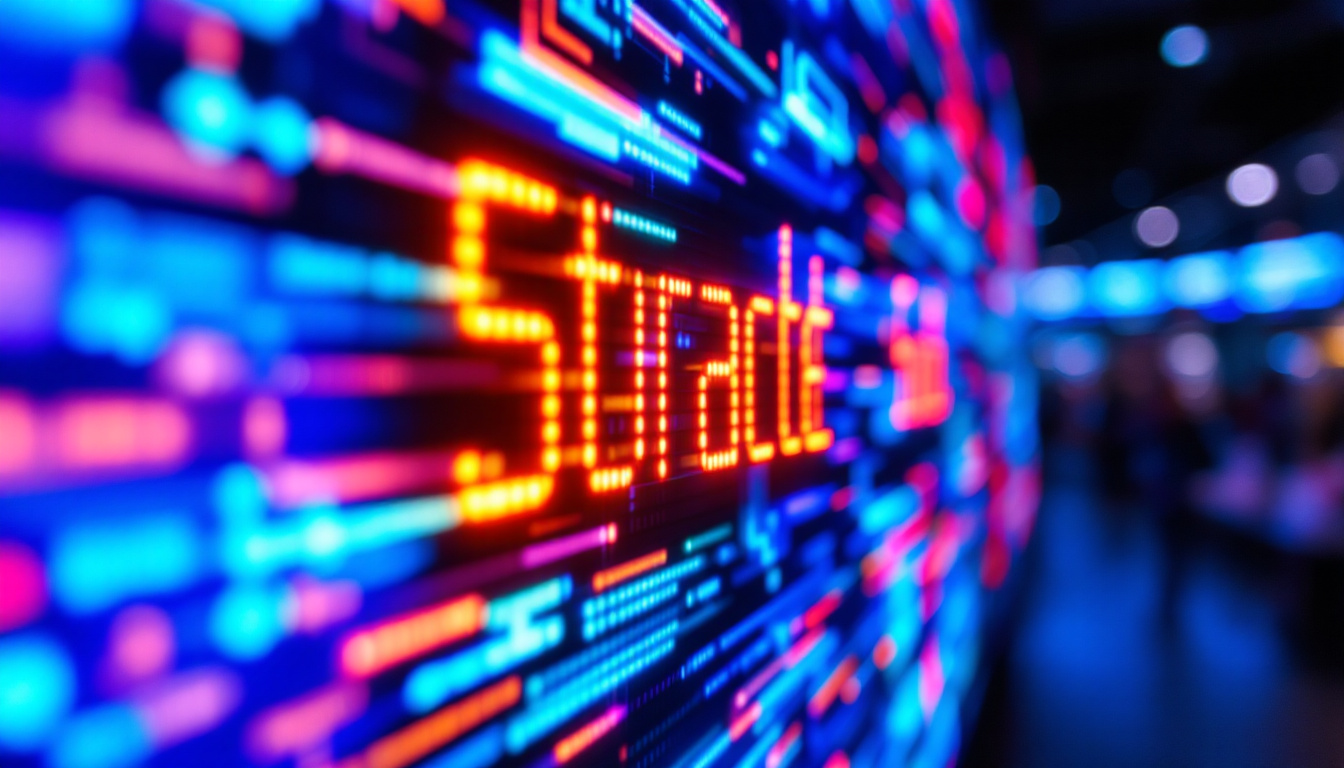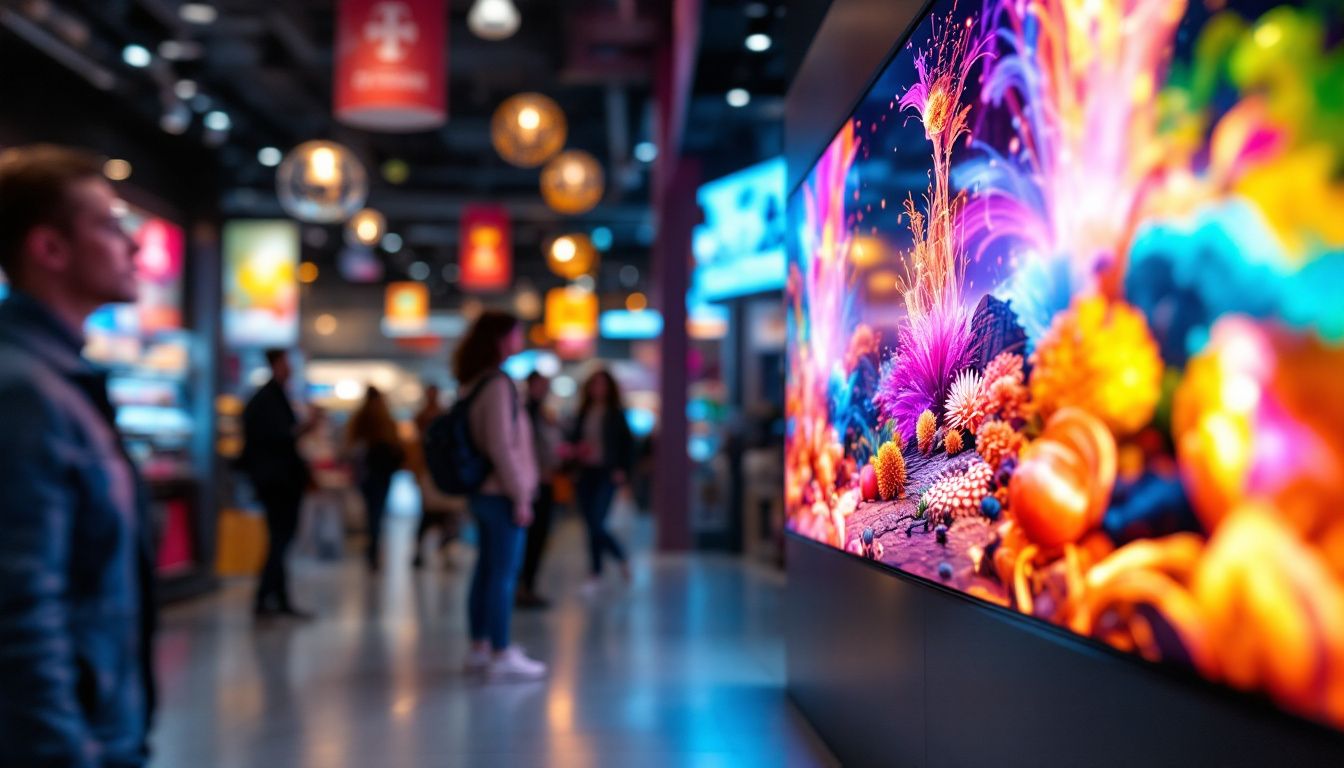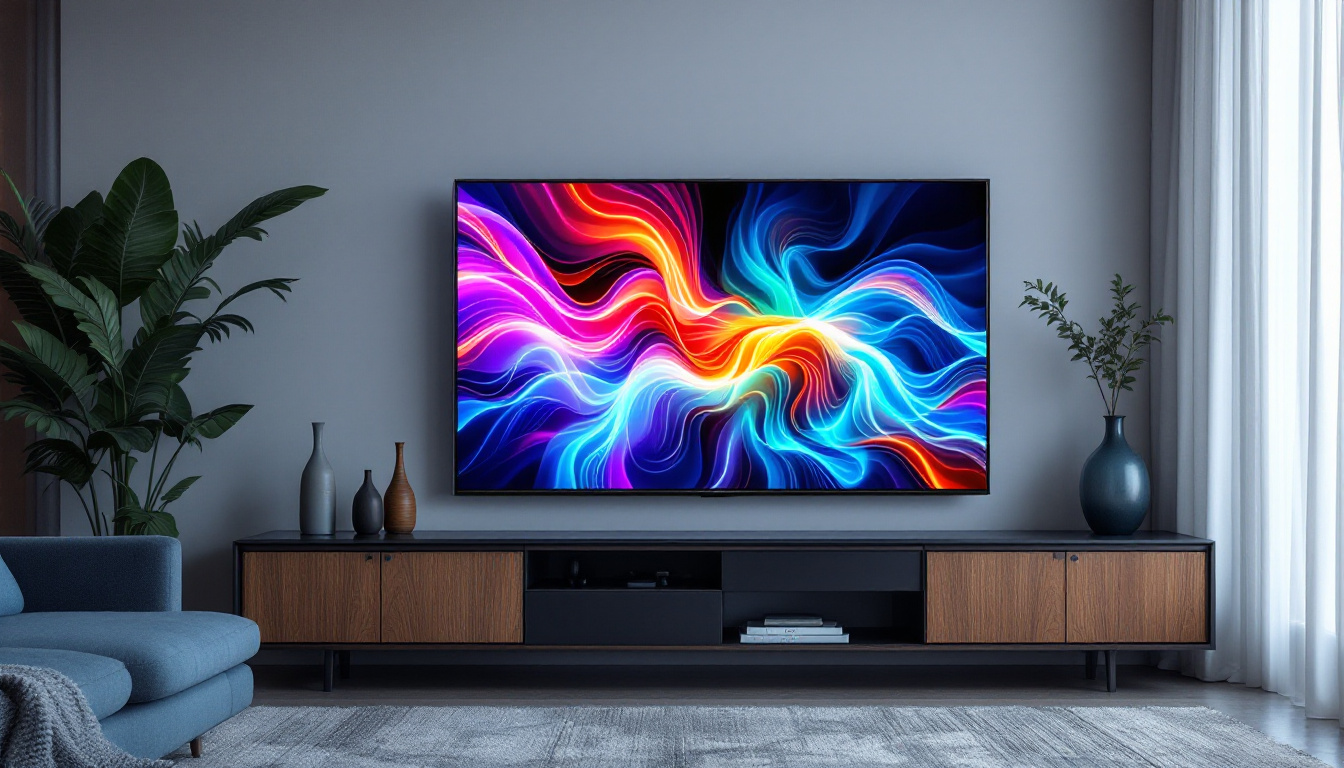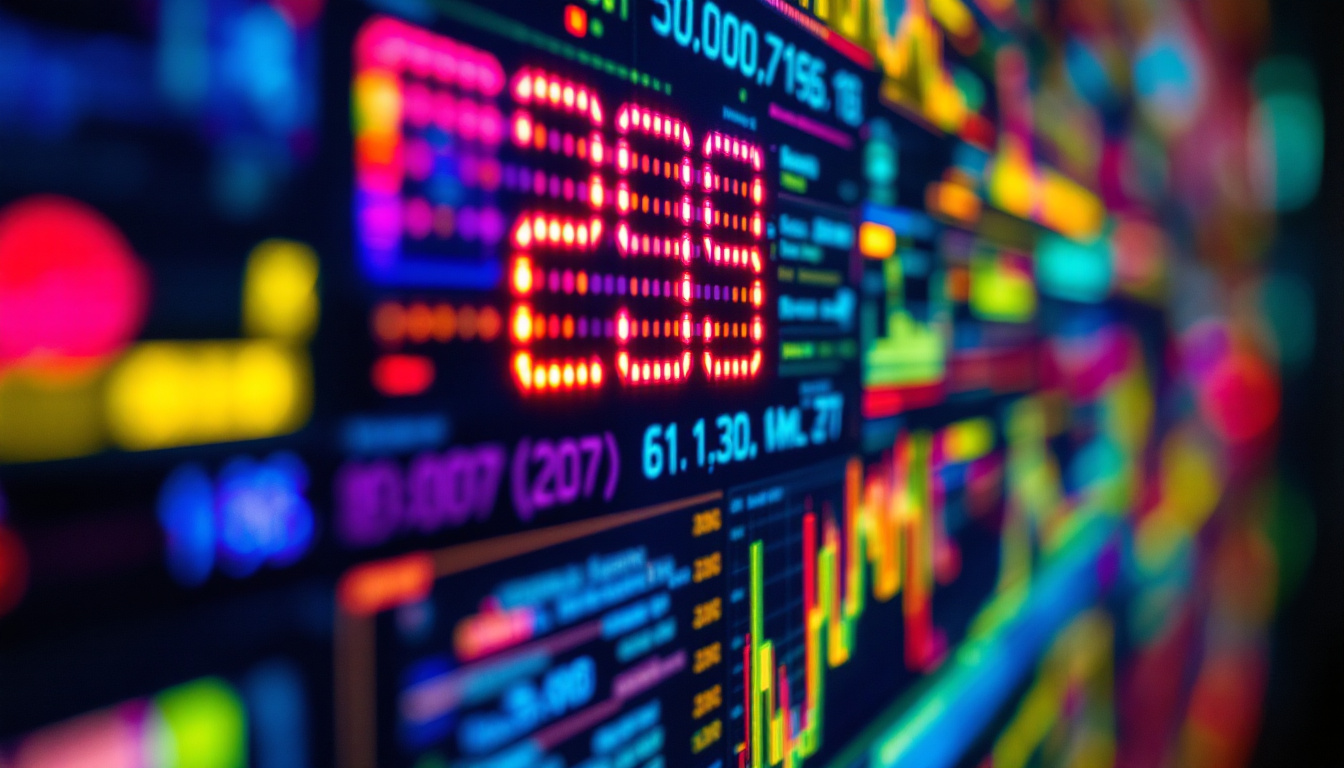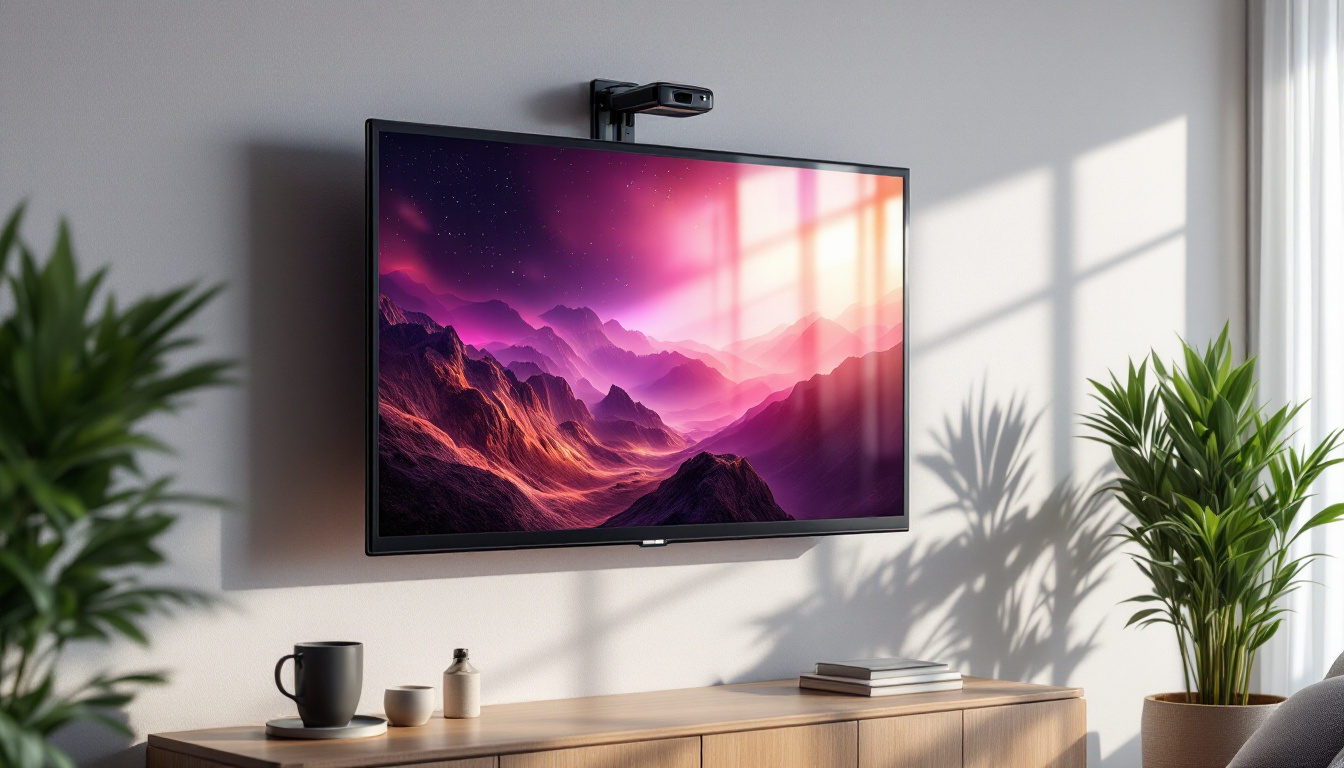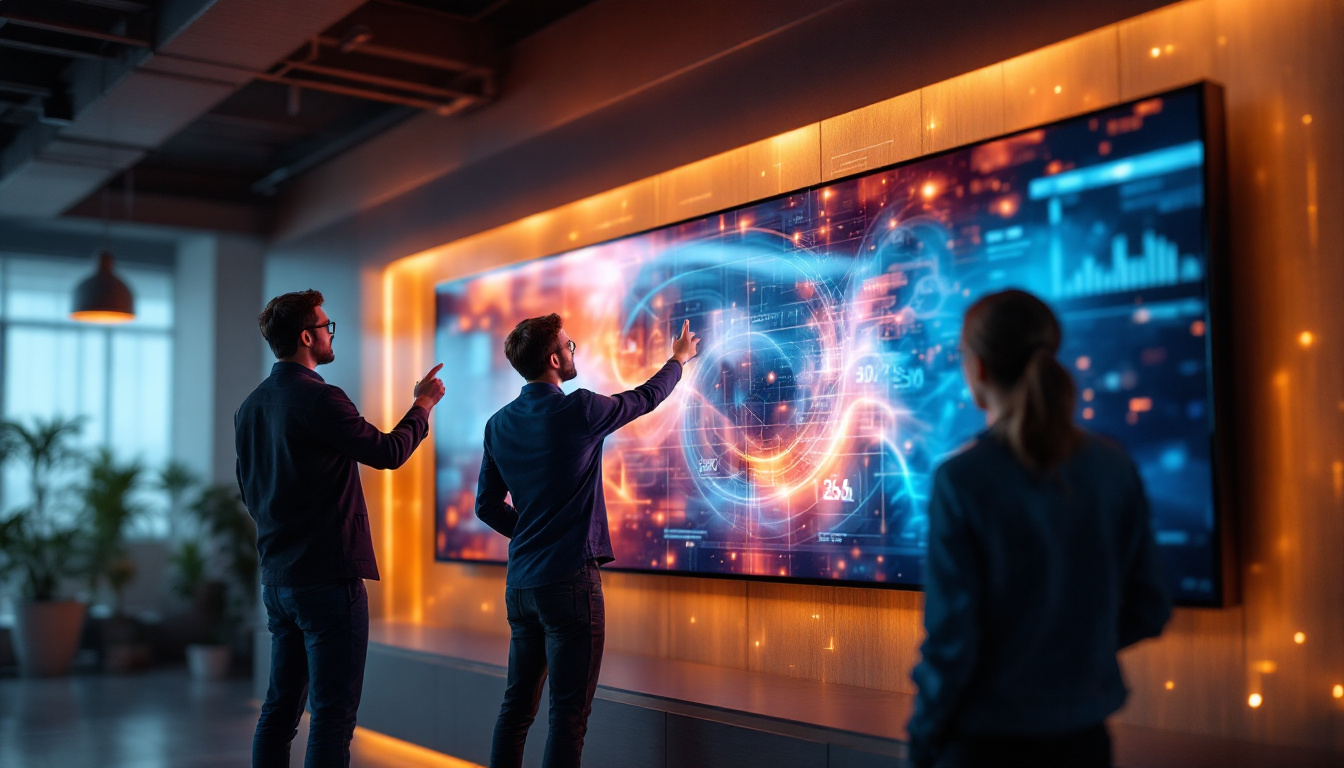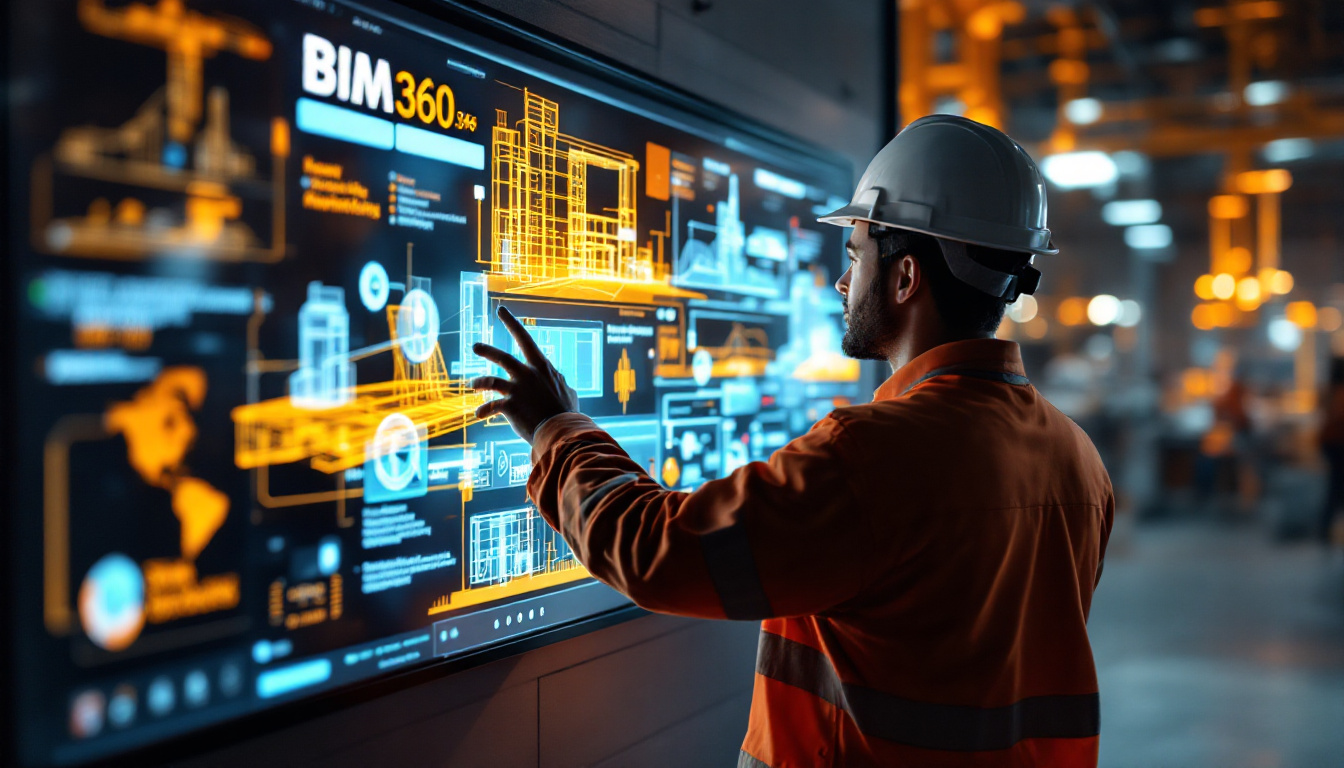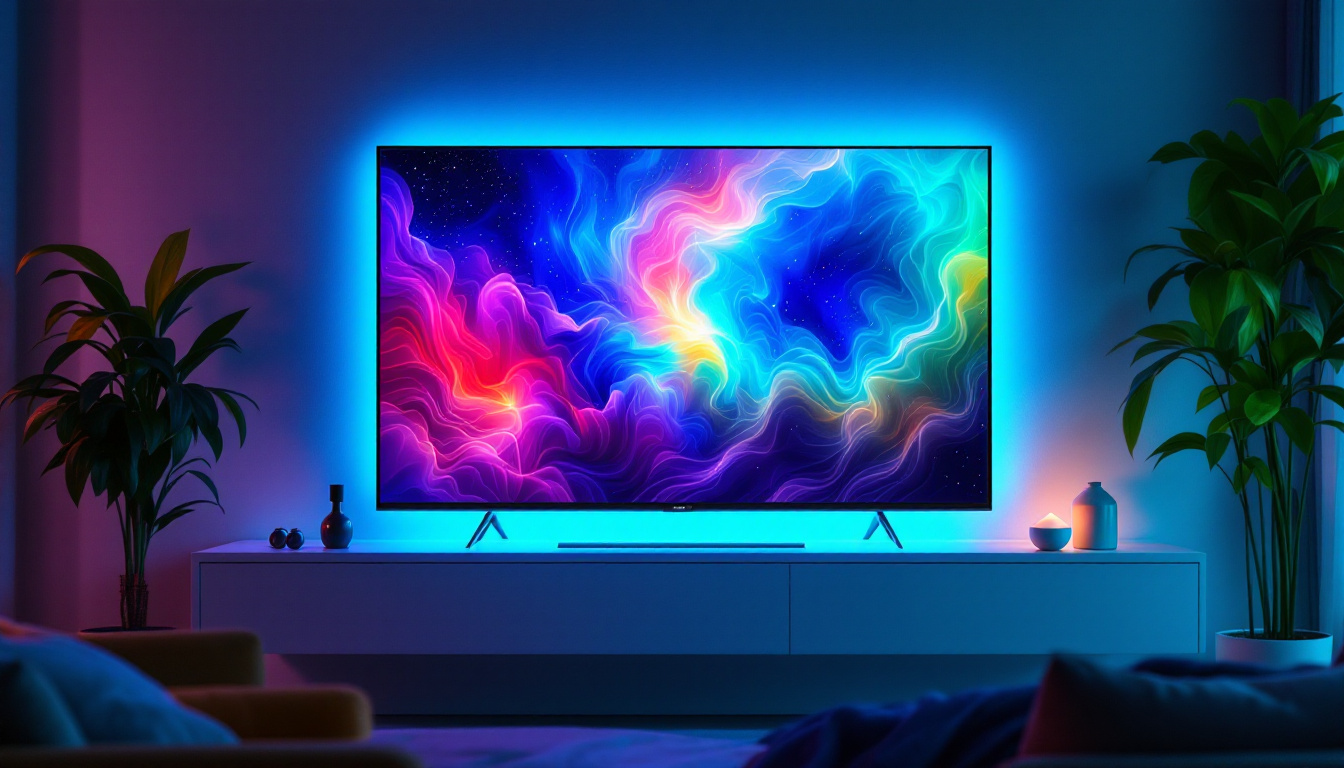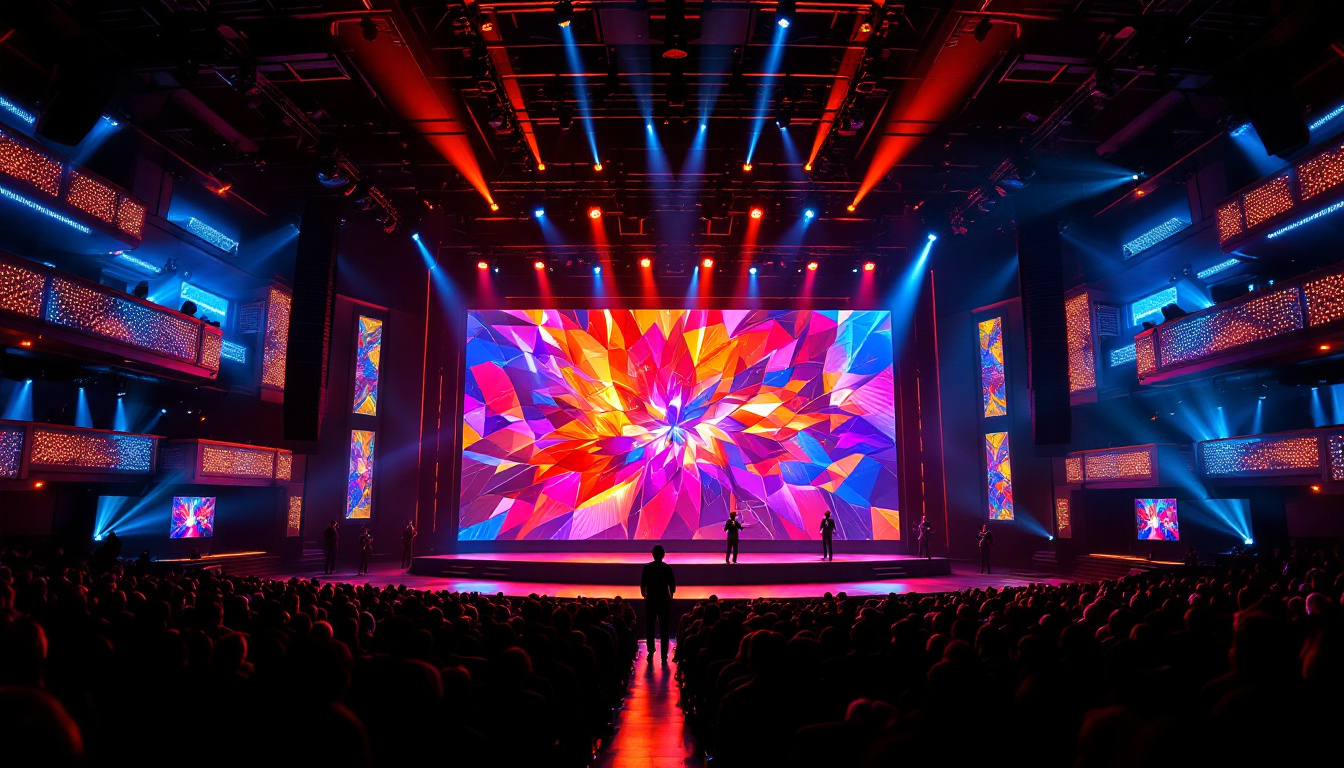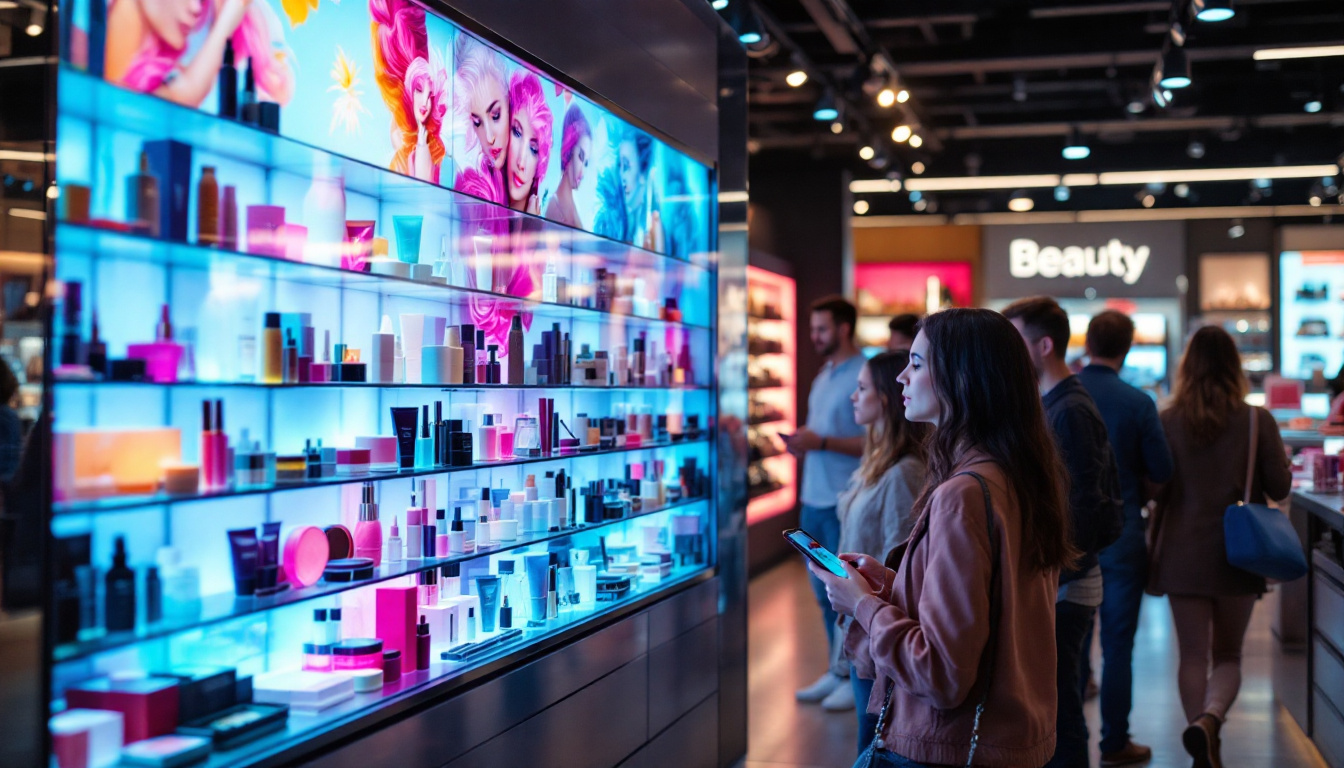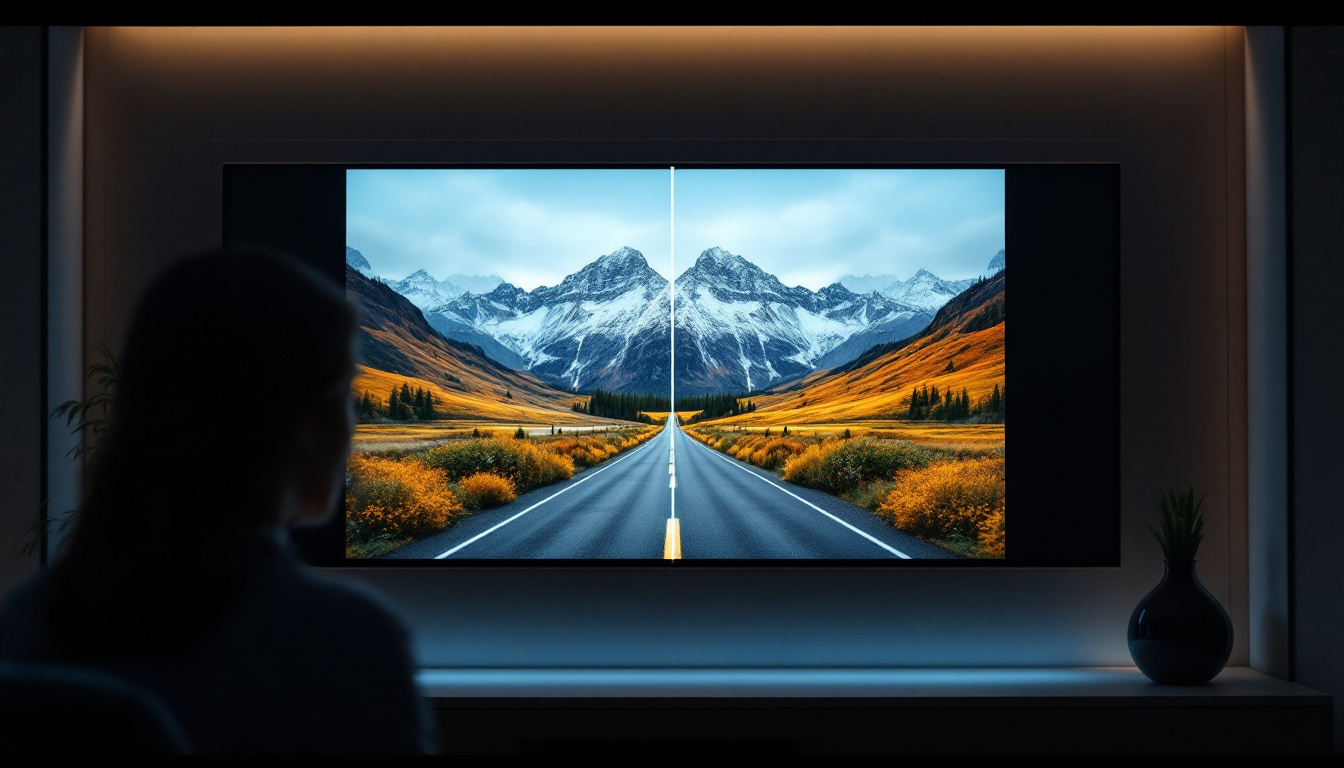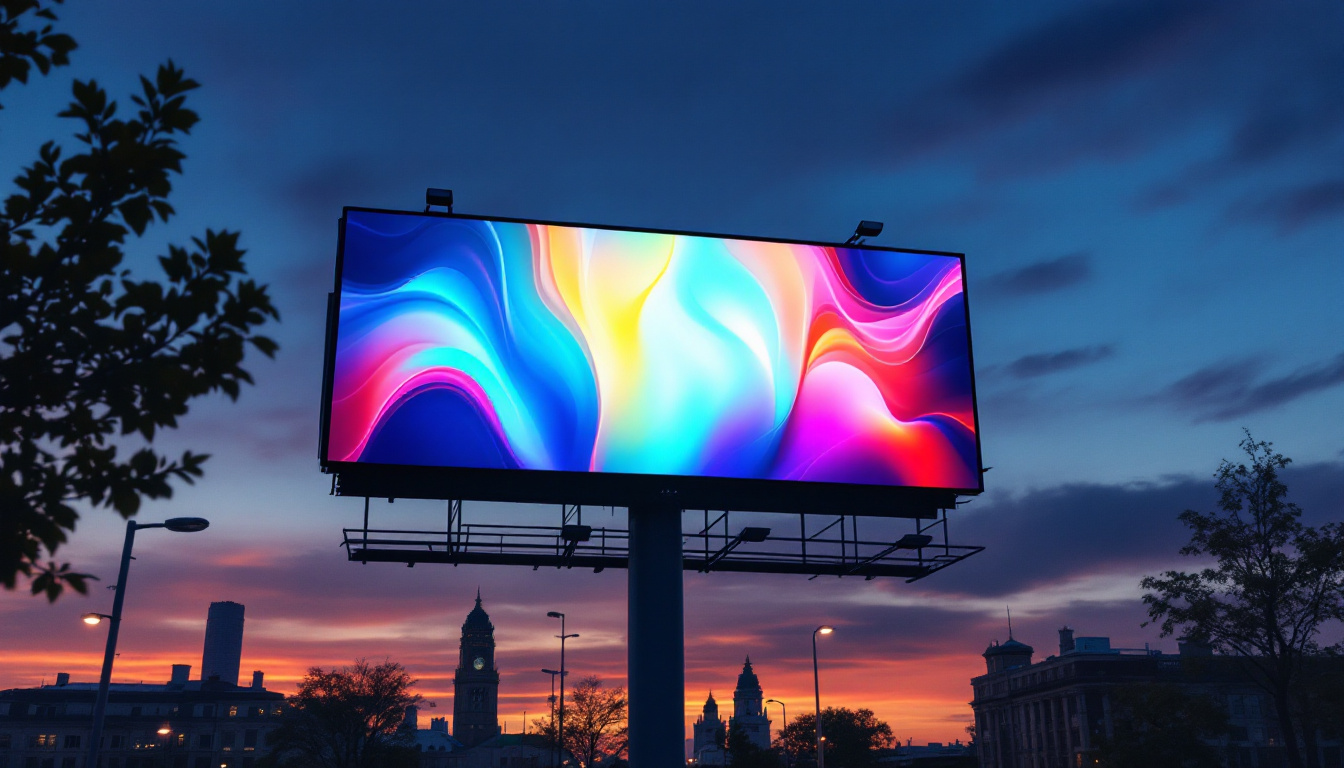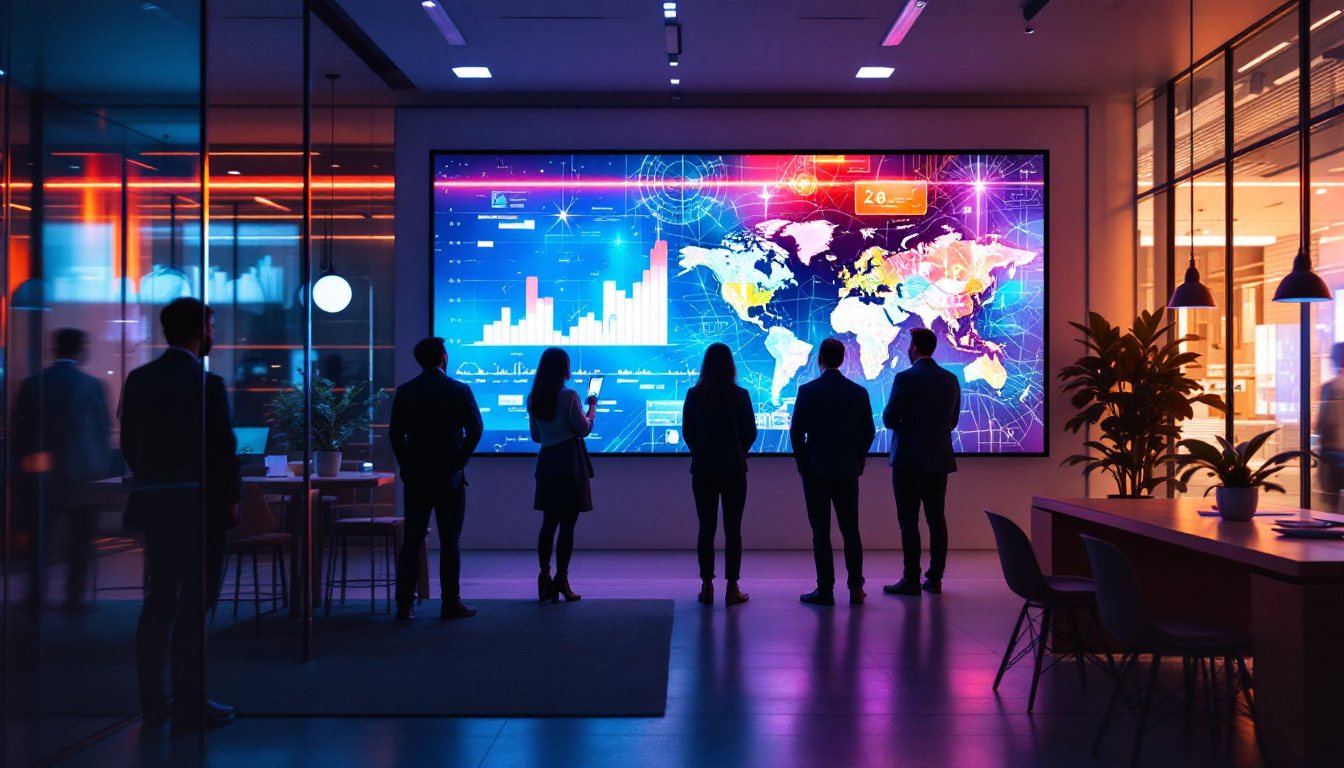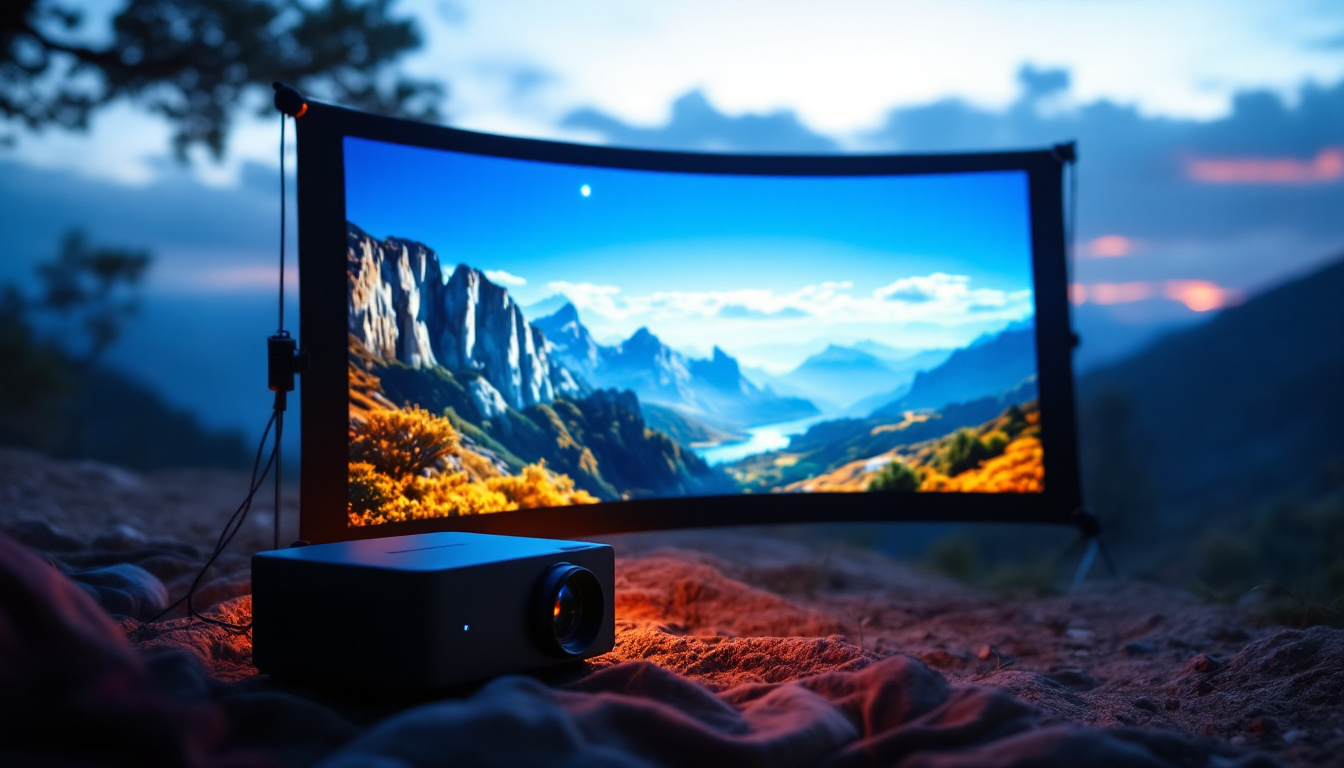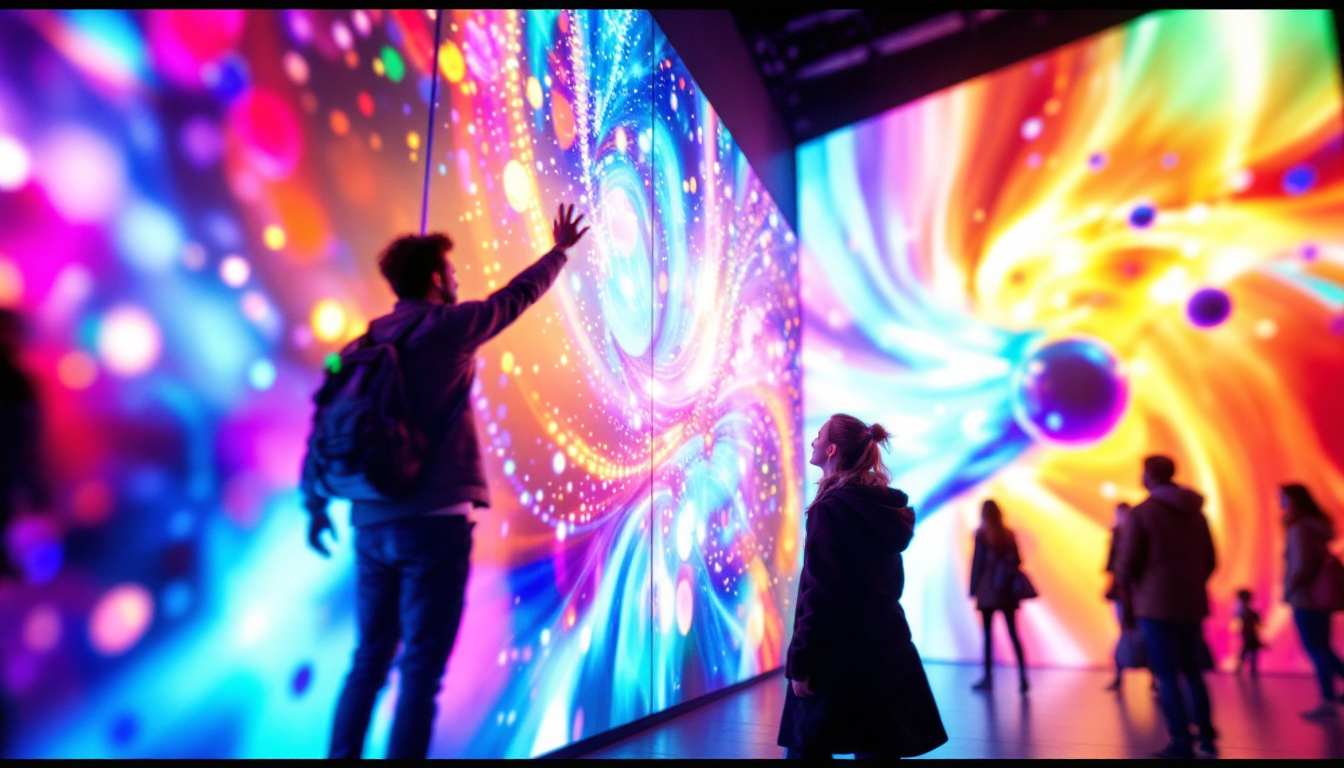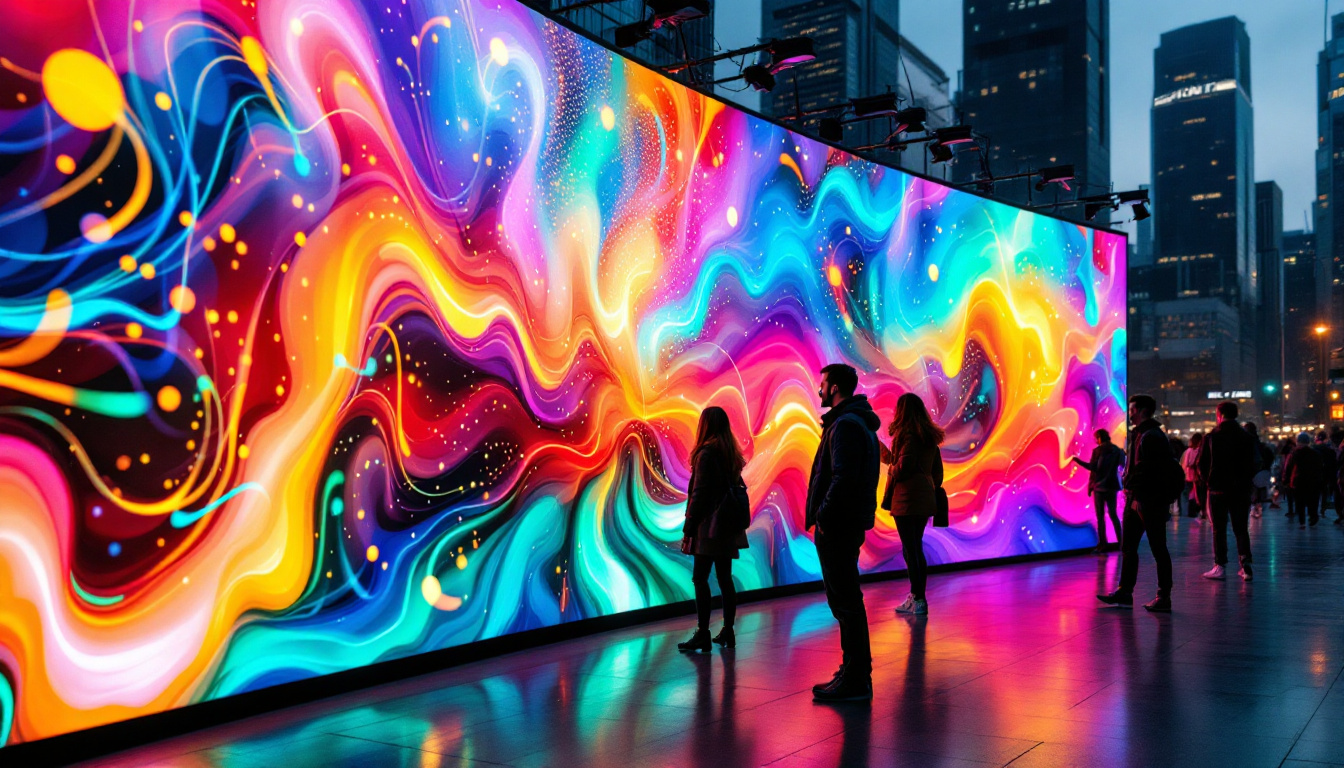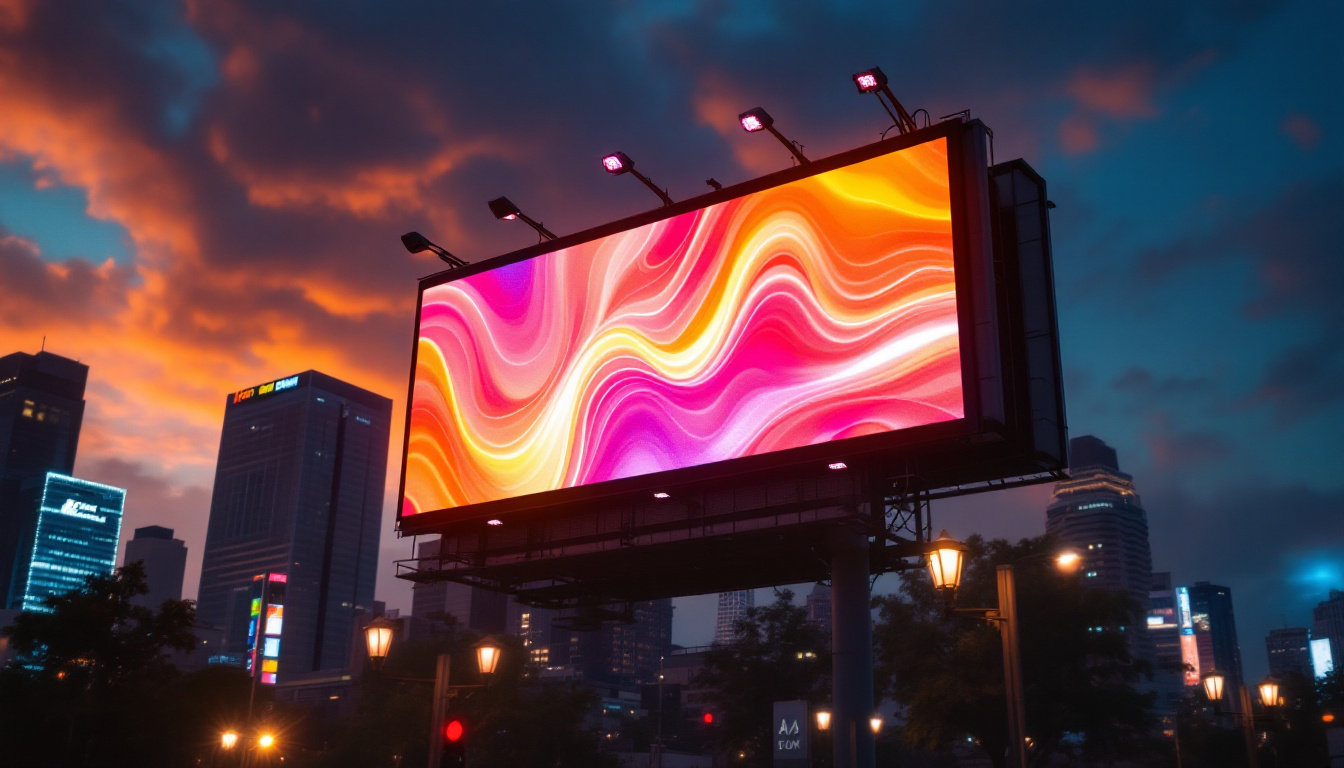In the modern era of digital communication, visual displays have become an integral part of how businesses and organizations convey information. Among the various types of displays available, LED (Light Emitting Diode) displays stand out for their vibrant colors, energy efficiency, and versatility. This article delves into the intricacies of LED displays, exploring their technology, applications, advantages, and considerations when choosing the best wall solution for your needs.
Understanding LED Display Technology
LED displays utilize light-emitting diodes to produce images and videos. Unlike traditional LCD screens that require a backlight, LED displays emit light directly from the diodes, allowing for deeper blacks and more vibrant colors. This section will explore how LED technology works and its various configurations.
How LED Displays Work
The fundamental principle behind LED displays lies in their construction. Each display is made up of numerous tiny LEDs that can produce red, green, and blue (RGB) colors. By adjusting the intensity of these colors, the display can create a wide spectrum of hues. When combined in a matrix, these diodes form pixels that can display detailed images and videos.
There are two primary types of LED displays: direct view and backlit. Direct view LED displays are made up of individual LED panels that are arranged to form a larger screen. In contrast, backlit LED displays use LEDs to illuminate an LCD panel from behind, enhancing brightness and color accuracy. This direct emission of light from the diodes allows for faster refresh rates, which is particularly beneficial for displaying fast-moving images, such as in sports broadcasts or gaming.
Types of LED Displays
LED displays can be categorized based on their application and configuration. Some common types include:
- Indoor LED Displays: These are designed for use in enclosed spaces, providing high resolution and brightness for optimal viewing in well-lit environments.
- Outdoor LED Displays: Built to withstand harsh weather conditions, outdoor displays are typically larger and brighter, ensuring visibility even in direct sunlight.
- Transparent LED Displays: These innovative displays allow light to pass through, making them ideal for storefronts and exhibitions where visibility is essential.
Additionally, there are specialized LED displays such as flexible LED screens, which can be bent or shaped to fit unique architectural designs. These displays are increasingly popular in creative installations and advertising, allowing for dynamic and eye-catching presentations that can adapt to various forms. Furthermore, advancements in technology have led to the development of microLED displays, which promise even higher resolutions and improved energy efficiency by using microscopic LEDs that can be individually controlled, paving the way for future innovations in display technology.
Another important aspect of LED display technology is its energy efficiency. Compared to traditional display technologies, LED displays consume significantly less power, which not only reduces operational costs but also contributes to a lower carbon footprint. This energy efficiency, combined with their long lifespan, makes LED displays an attractive option for both commercial and residential applications. As the demand for sustainable technology grows, LED displays are likely to play a crucial role in the transition towards greener solutions in visual media.
Applications of LED Displays
LED displays have found their way into various sectors, enhancing communication and engagement. Their versatility makes them suitable for a wide range of applications, from advertising to entertainment. Here are some prominent uses of LED displays.
Advertising and Marketing
One of the most common applications of LED displays is in advertising. Businesses utilize large outdoor LED billboards to capture the attention of passersby. These displays can showcase dynamic content, such as videos and animations, making advertisements more engaging. Indoor LED displays are also used in retail environments to promote products and sales, enhancing the shopping experience. The ability to change content quickly allows businesses to run time-sensitive promotions or seasonal campaigns, maximizing their marketing efforts. Furthermore, the integration of sensors and data analytics with LED displays enables targeted advertising, ensuring that the right message reaches the right audience at the right time.
Events and Entertainment
LED displays play a crucial role in the events industry, providing large screens for concerts, festivals, and sporting events. Their high brightness and color accuracy ensure that audiences can enjoy clear visuals, regardless of the lighting conditions. Additionally, LED screens are often used in stage productions to create immersive environments, enhancing storytelling through visuals. The flexibility of LED technology allows for creative setups, such as curved or modular displays that can adapt to various stage designs. This adaptability not only enhances the visual appeal but also allows for innovative lighting effects and interactive elements that engage the audience on multiple levels, creating a memorable experience.
Corporate and Educational Settings
In corporate environments, LED displays are used for presentations, meetings, and information sharing. They can serve as digital signage in lobbies, displaying company news and updates. Educational institutions also benefit from LED technology, using displays in classrooms and auditoriums to facilitate interactive learning and presentations. The clarity and vibrancy of LED screens make them ideal for displaying complex data and multimedia content, which can enhance comprehension and retention among students. Moreover, with the rise of hybrid learning environments, LED displays are increasingly being utilized for virtual classrooms, allowing educators to connect with remote learners through high-quality visuals and real-time interaction, thus bridging the gap between traditional and digital education methods.
Advantages of LED Displays
The popularity of LED displays can be attributed to several key advantages that set them apart from traditional display technologies. Understanding these benefits can help in making informed decisions when considering an LED display for specific applications.
Energy Efficiency
LED displays are known for their energy efficiency compared to traditional display technologies. They consume less power while delivering superior brightness and color quality. This not only reduces operational costs but also contributes to a lower carbon footprint, making them an environmentally friendly option.
Longevity and Durability
Another significant advantage of LED displays is their longevity. High-quality LED panels can last up to 100,000 hours, significantly outpacing traditional displays. Additionally, they are more durable and resistant to shock and vibration, making them suitable for various environments, including outdoor settings where weather conditions can be unpredictable.
High Brightness and Color Quality
LED displays offer exceptional brightness levels, making them ideal for both indoor and outdoor applications. Their ability to produce vibrant colors and deep blacks enhances the overall visual experience. This quality is particularly important for advertising and entertainment, where capturing attention is crucial.
Considerations When Choosing an LED Display
While LED displays offer numerous benefits, selecting the right one requires careful consideration of various factors. Understanding these aspects can help ensure that the chosen display meets specific needs and expectations.
Resolution and Pixel Pitch
Resolution is a critical factor in determining the quality of an LED display. Higher resolutions provide clearer and more detailed images, which is especially important for applications where close viewing is common. Pixel pitch, the distance between the centers of two adjacent pixels, also plays a significant role. A smaller pixel pitch results in a higher resolution and is ideal for indoor displays, while a larger pixel pitch may suffice for outdoor applications where viewers are typically farther away.
Brightness Levels
Brightness is another essential consideration, particularly for outdoor LED displays. The brightness level, measured in nits, determines how well the display can be seen in various lighting conditions. For outdoor applications, a brightness level of 5,000 nits or more is often recommended to ensure visibility in direct sunlight.
Installation and Maintenance
Installation requirements can vary significantly depending on the type and size of the LED display. It’s essential to consider the space available and whether the display will be mounted indoors or outdoors. Additionally, maintenance is a crucial factor; choosing a display with easy access for repairs and servicing can save time and costs in the long run.
Future Trends in LED Display Technology
The landscape of LED display technology is continually evolving, with innovations that enhance performance and expand applications. Keeping an eye on emerging trends can provide insights into the future of visual displays.
Advancements in MicroLED Technology
MicroLED technology is gaining traction as a next-generation display solution. Unlike traditional LED displays, MicroLEDs consist of microscopic LEDs that can be individually controlled. This allows for even higher resolutions, improved color accuracy, and greater energy efficiency. As this technology matures, it may redefine the standards for displays in various sectors.
Integration with Smart Technology
As the Internet of Things (IoT) continues to grow, LED displays are increasingly being integrated with smart technology. This integration allows for real-time content updates, remote management, and enhanced interactivity. Businesses can leverage this capability to create dynamic advertising campaigns that respond to audience engagement and preferences.
Flexible and Curved Displays
Flexible LED displays are becoming more popular, allowing for creative installations that can adapt to various shapes and sizes. Curved displays, in particular, can create immersive experiences in retail environments and entertainment venues. This trend opens up new possibilities for design and application, making LED displays even more versatile.
Conclusion
LED displays have revolutionized the way information is presented and consumed across various sectors. With their energy efficiency, durability, and vibrant visual capabilities, they offer a compelling solution for advertising, entertainment, and communication. As technology continues to advance, the potential for LED displays will only grow, paving the way for innovative applications that enhance user experiences.
When considering an LED display, it is crucial to evaluate factors such as resolution, brightness, and installation requirements to ensure the chosen solution meets specific needs. By staying informed about emerging trends and advancements in LED technology, businesses and organizations can harness the full potential of this dynamic medium.
In a world where visual communication is paramount, investing in the best LED display can significantly impact engagement and effectiveness. Whether for a corporate setting, a retail environment, or an entertainment venue, the right LED display can transform the way messages are conveyed and experienced.
Discover LumenMatrix’s Innovative LED Display Solutions
Ready to elevate your visual communication with the latest in LED technology? LumenMatrix is at the forefront of creating immersive and vibrant visual experiences that captivate and engage. From Indoor and Outdoor LED Wall Displays to specialized solutions like Vehicle LED Displays, LED Sports Displays, and even Custom LED Displays, we have the cutting-edge technology to bring your vision to life. Embrace the future of digital signage with our All-in-One and Transparent LED Displays, designed to make a lasting impression. Don’t miss out on the opportunity to transform your space. Check out LumenMatrix LED Display Solutions today and see how we can help you share your message with impact and clarity.

